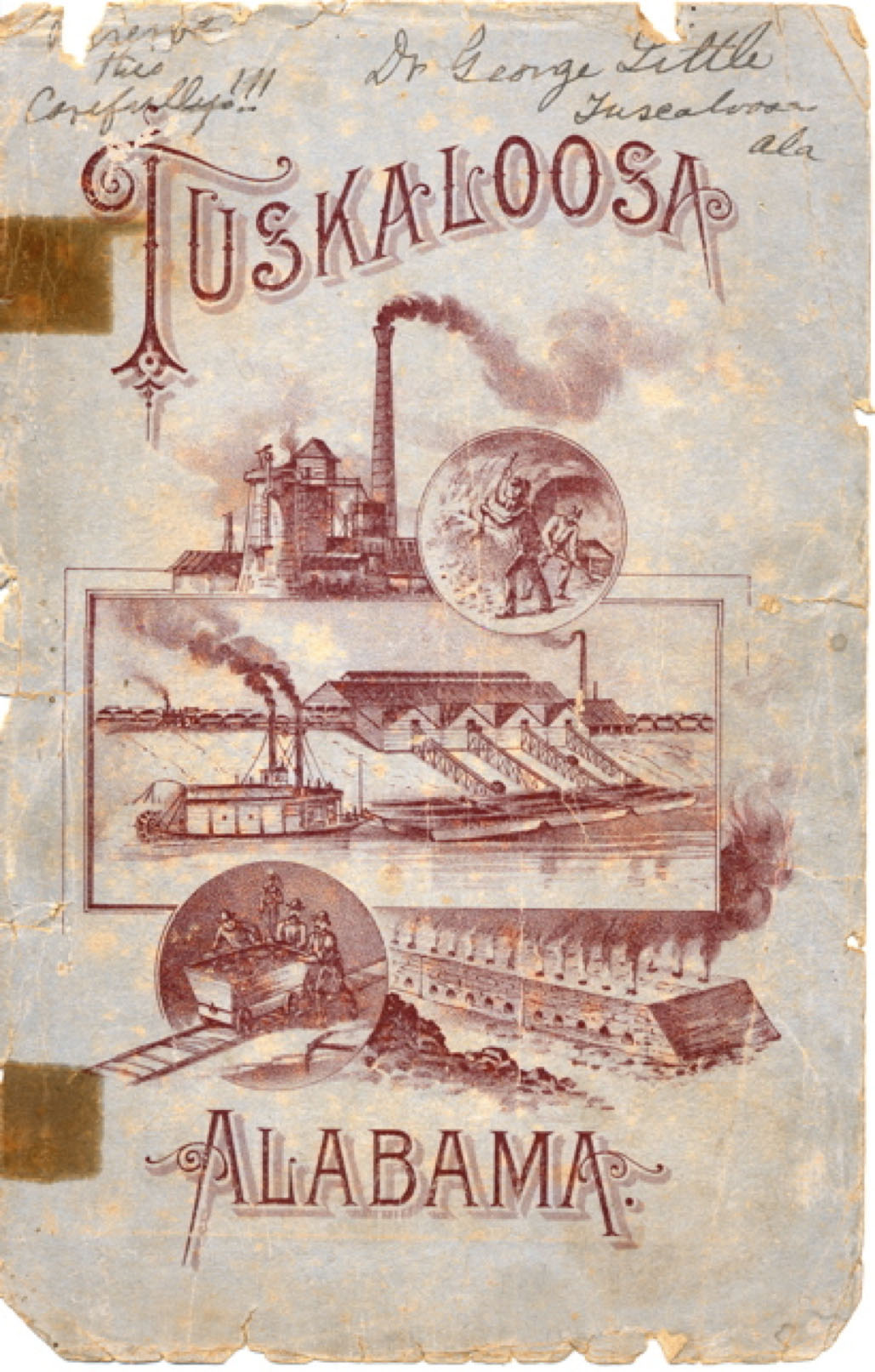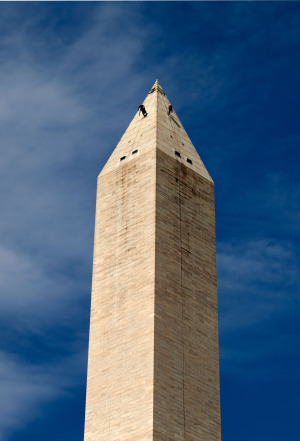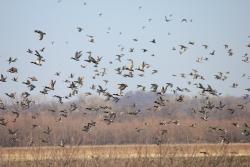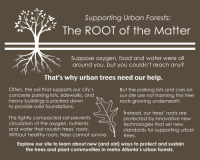Tuscaloosa Transportation Museum (Black Warrior River)
Locking a River 1884-1918
Beginning in 1884, the whitewater rapids, sparkling shoals, and free-flowing waters of the Black Warrior River were “tamed” for easier navigation.
Over the next 30 years, the U.S. Army Corps of Engineers built a total of 17 locks and dams on the length of the Black Warrior. The dams created many miles of deep water, and the locks enabled ships to float gently upward or downward to “lock through” former shoals and waterfalls.
The rocky outcroppings of the river’s natural fall line were submerged under the newly configured river. Pre-lock river ecology was swept away.
[bottom of column, like an old-fashioned railroad timetable]
TUSCALOOSA TIME-TABLE
- 1884: The federal Rivers and Harbors Act appropriates $50,000 to work on a 14-mile section of the river from Tuscaloosa to Daniels Creek; the Army Corps designs three locks and dams.
- 1887: The Tuscaloosa Coal, Iron & Land Company forms to capture and market the region’s prime natural resources.
- 1888: The Army Corps begins building the first lock at Tuscaloosa.
- 1890: The city gets its first electric lights.
- 1896: The first commercial tugboat and coal barge steamboat pass through Tuscaloosa’s three new locks.
- 1899: Central Iron & Foundry forms near Holt to produce pig iron and other products.
- 1903: The Empire Coke Plant fires up to supply coke for Holt’s blast furnaces.
- 1916: Happy Birthday to our town!! Tuscaloosa is 100 years old!

The U.S. Army Corps of Engineers
Created by Congress in 1802, the U.S. Army Corps of Engineers is the nation’s engineering design firm: Corps engineers design military and civil projects ranging from the Washington Monument to military bases, lighthouses, levees, bridges, and dams.
In Alabama, the federal engineers arrived in the 1870s with plans to clear snags, build temporary dams, and dredge and deepen river bottoms. The goal: To open up waterways reaching rich inland resources of coal, iron ore, kaolin, and other industrial materials….and get these valuable industrial materials to coastal ports.


